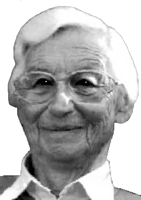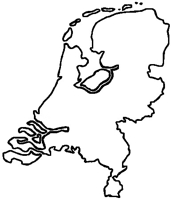
|
The Society of Folk Dance Historians (SFDH)
Folk Dances of the Netherlands
[
Home |
About |
Encyclopedia | CLICK AN IMAGE TO ENLARGE |

|
 Folk dances are in general preserved best in remote regions that have little communication with the rest of the world.
Folk dances are in general preserved best in remote regions that have little communication with the rest of the world.
The Netherlands have always been an intersection of trade roads, very open to the neighboring countries, welcoming all kinds of prosecuted groups of people from abroad.
These are not the most favorable conditions to keep a folklore alive. So, when about 1925 Mrs. A. Sanson-Catz and Mr. A. de Koe started to collect and describe the Dutch folk dances, much was already lost.
The regions where still some dances were "alive" were the Isle of Terschelling in the North and the Achterhoek and Overijssel in the East. The dances of the Western and Southern parts, including Zeeland, had often to be reconstructed from the memories of old people.
The dances from the West and North ("coast-dances" as Anna Sanson-Catz called them) show clearly influences from the English and Scottish and the Eastern dances are very much related to those of Western Germany. Anna Sanson-Catz "developed" some of the authentic forms to new versions to make them more interesting for the youth groups with which she was working.
DOCUMENTS
- Europe, a region.
- Netherlands, a country.
This page © 2018 by Ron Houston.
Please do not copy any part of this page without including this copyright notice.
Please do not copy small portions out of context.
Please do not copy large portions without permission from Ron Houston.